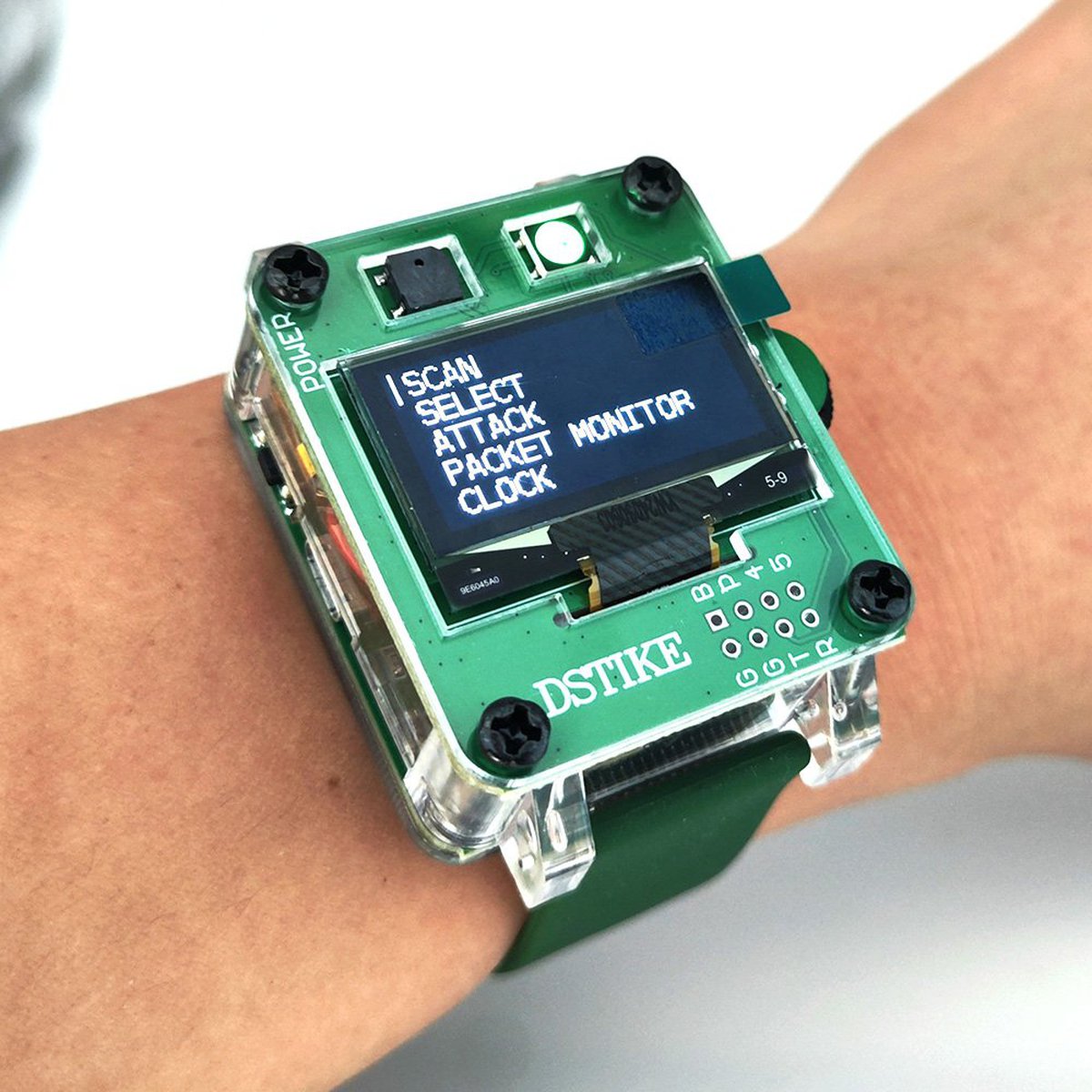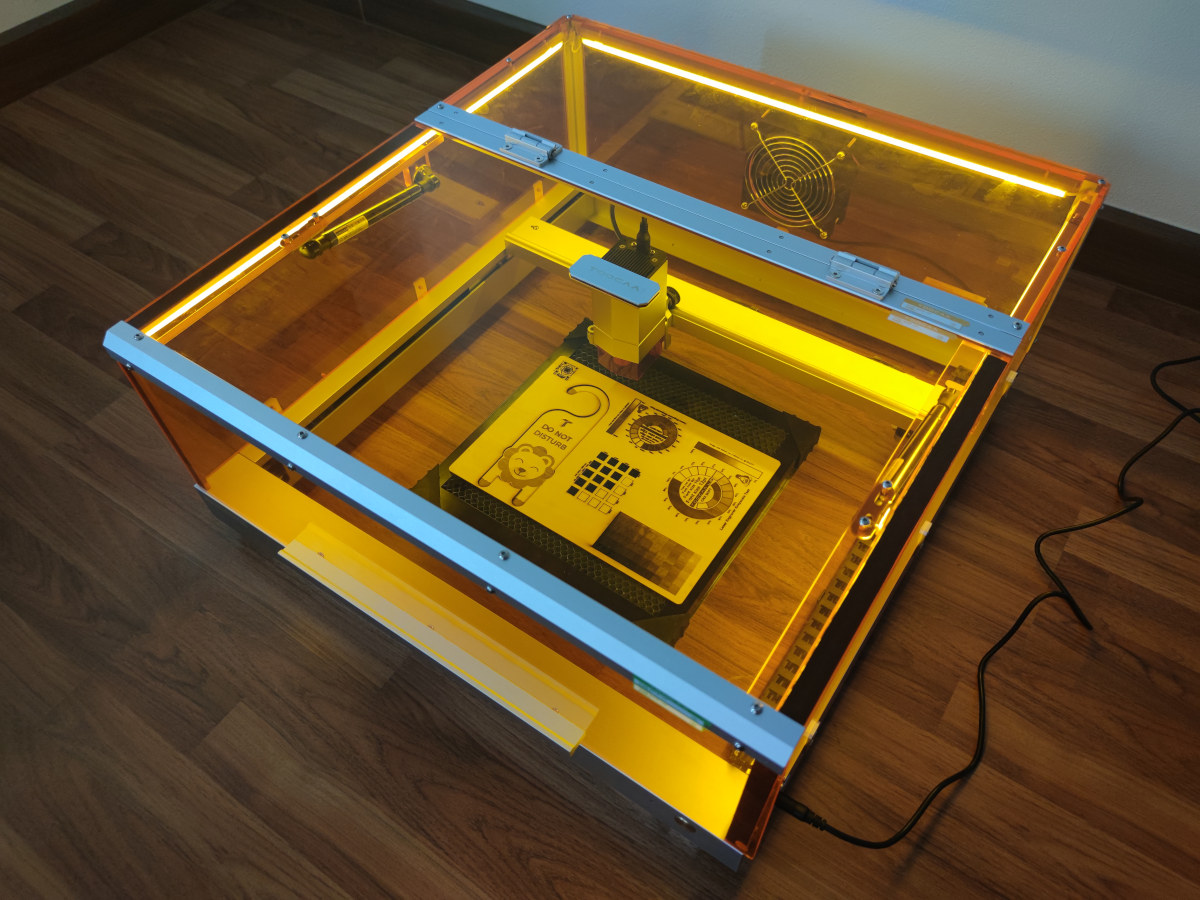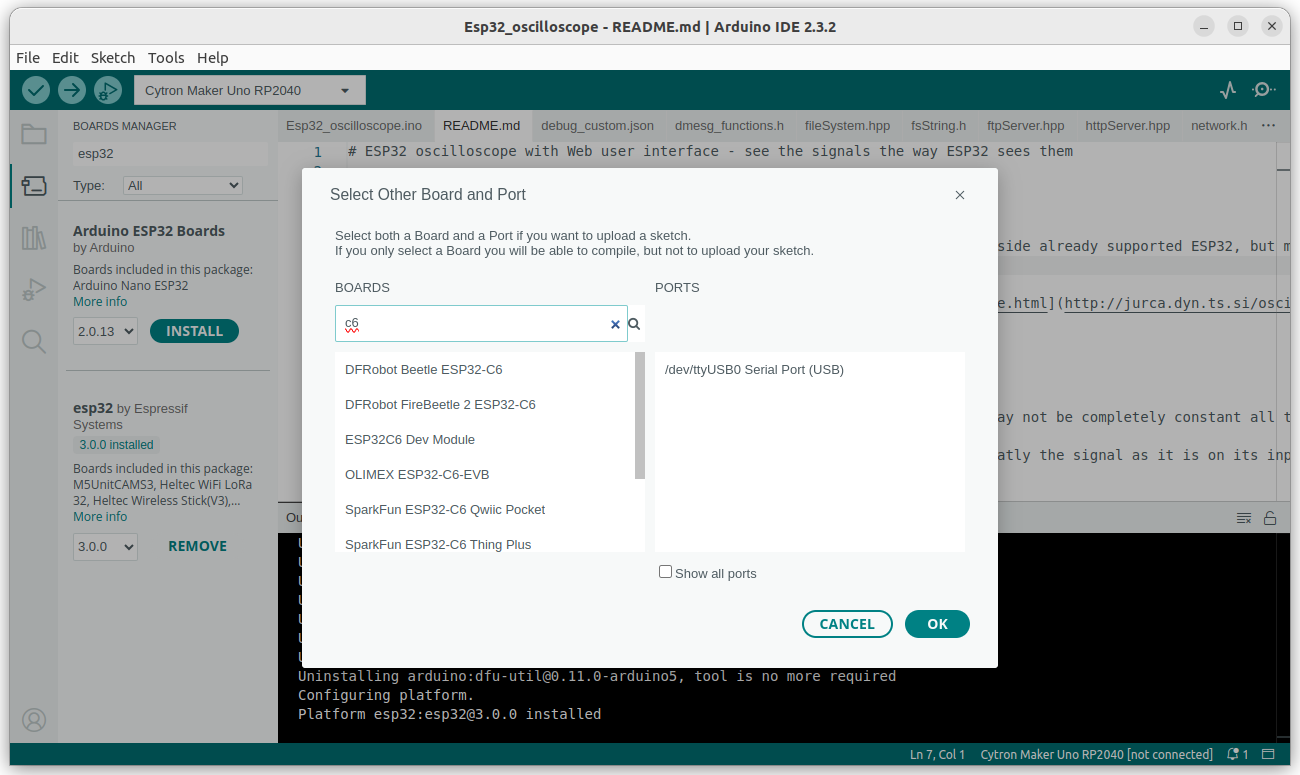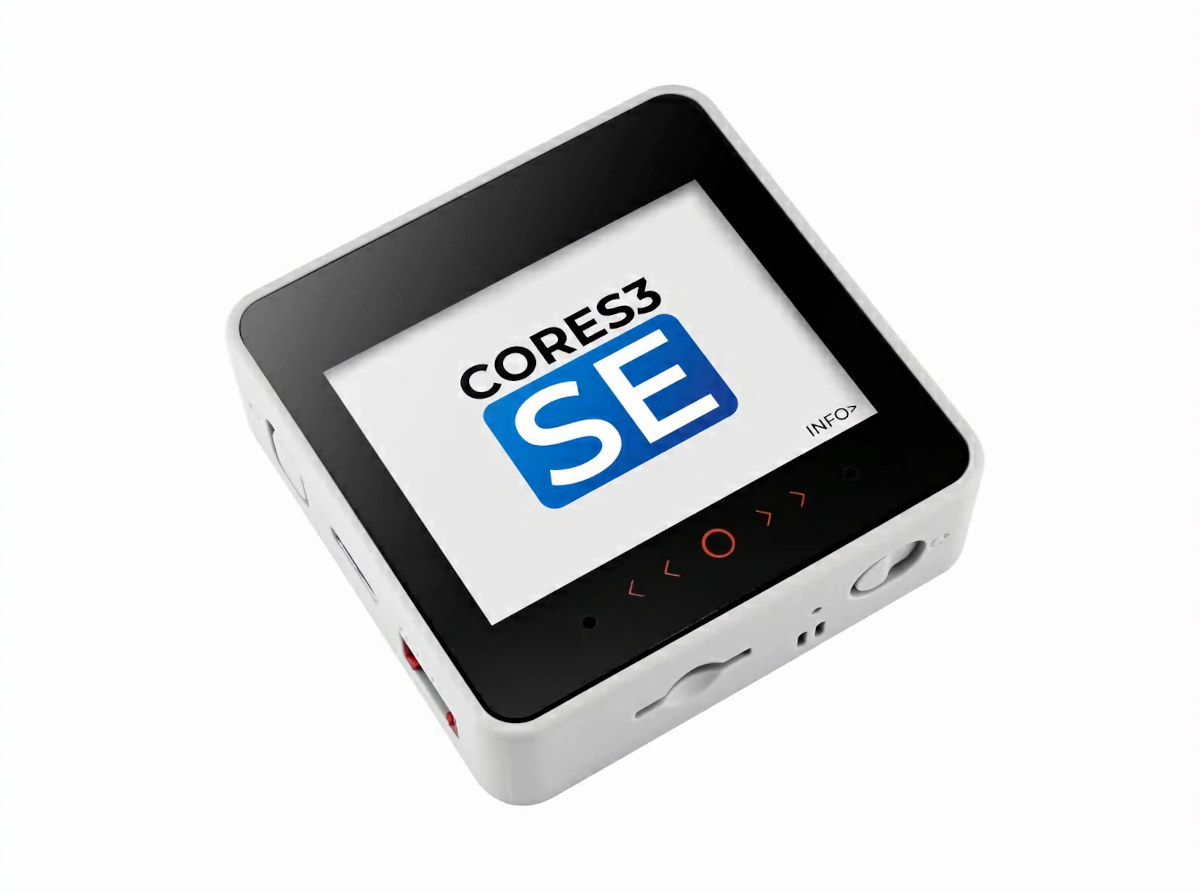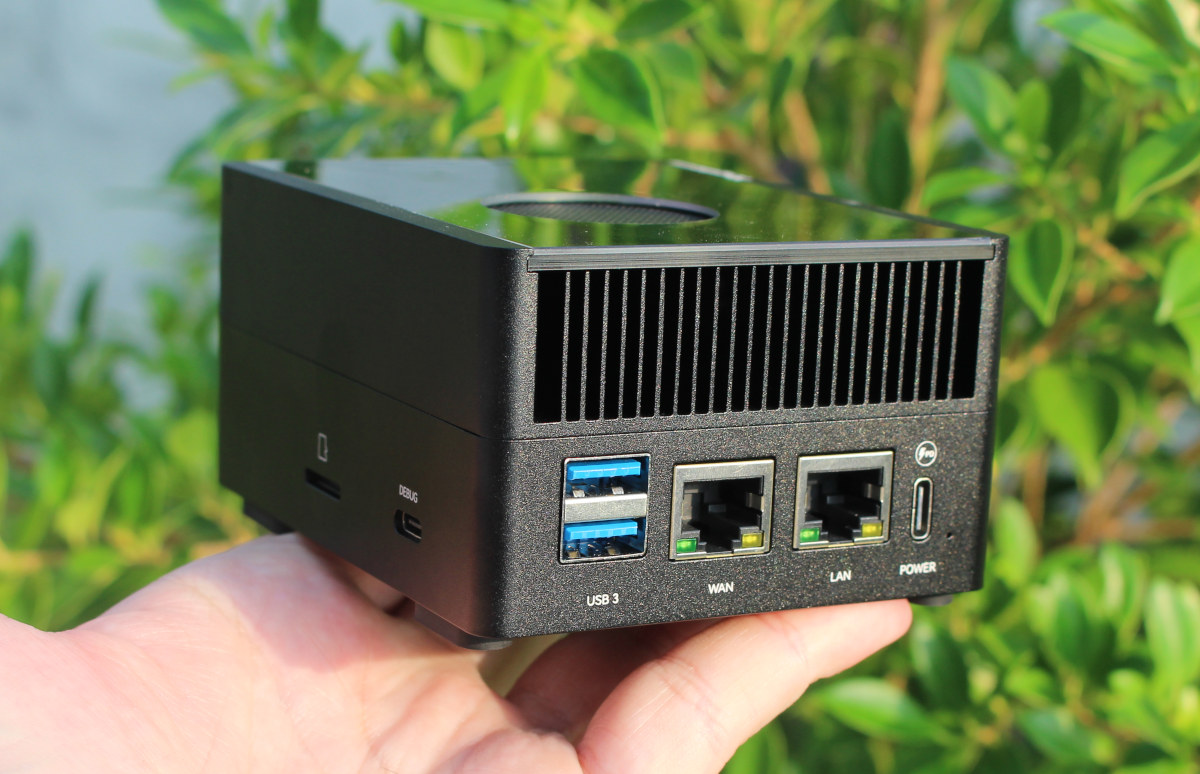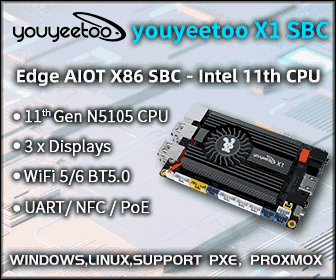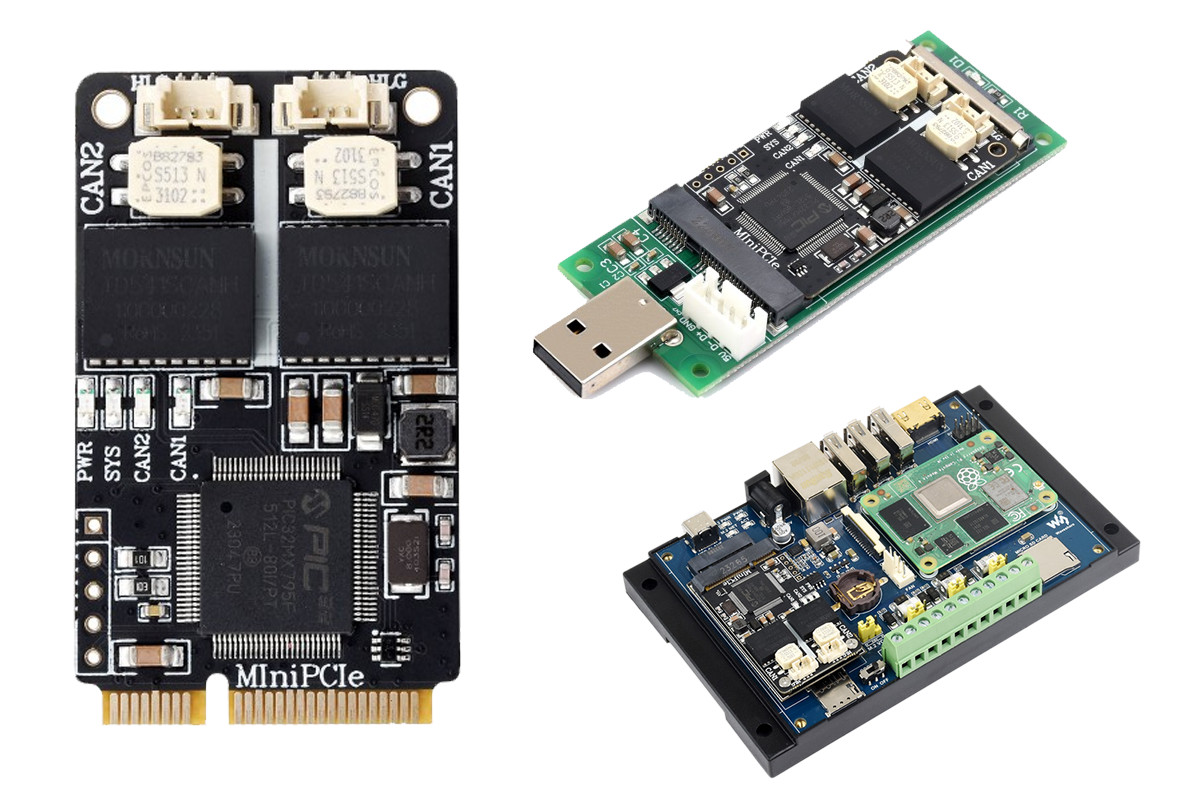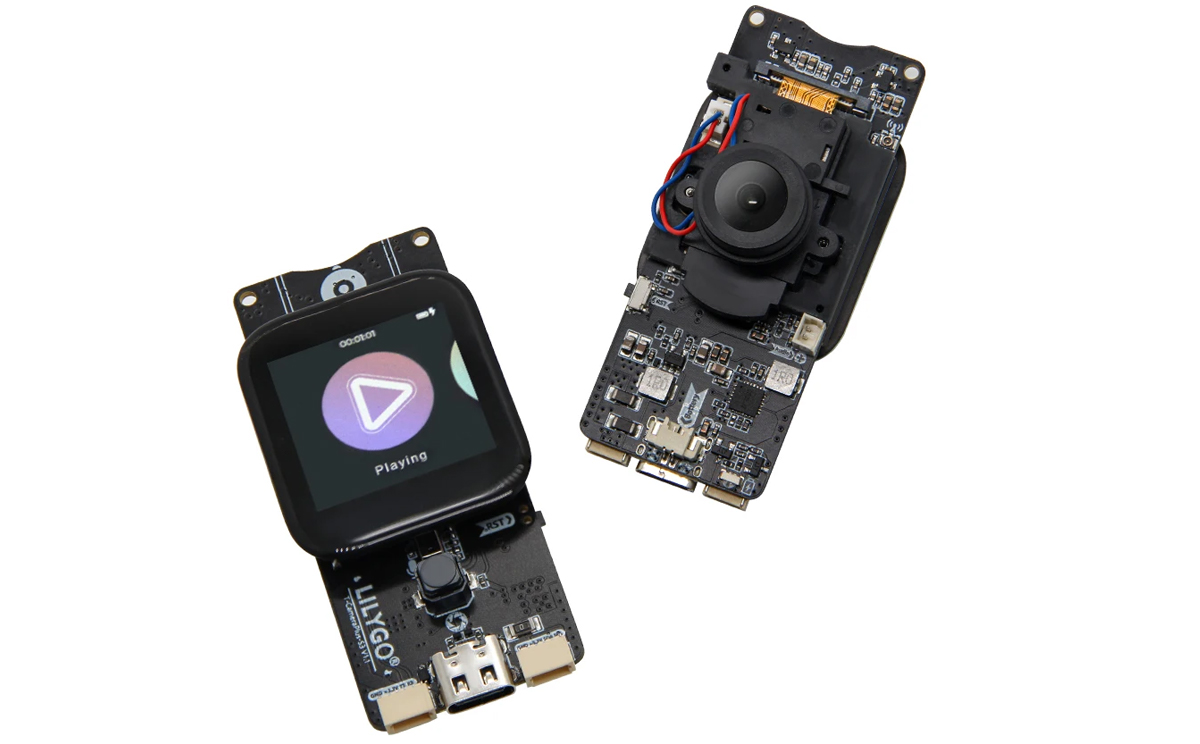The DSTIKE Deauther Watch X is a Wi-Fi hacking tool that can be used to test wireless networks, powered by the ESP8266 wireless microcontroller and running the open-source Deauther firmware from SpacehuhnTech. It only works on 2.4GHz networks, since 5GHz Wi-Fi is not supported by the ESP8266. It also features a real-time clock module for displaying the time, like an actual watch. If you are not familiar with the term, a Wi–Fi Deauther is a device that can perform deauth or de-authentication attacks on Wi-Fi networks. It can kick other devices off a Wi-Fi network they are connected to, for learning or other purposes. The Deauther Watch X is the latest product in the DSTIKE Deauther Watch series from Travis Lin and we previously took a look at DSTIKE ESP32 Watch Development Board. The Watch X development board comes in a wristwatch form factor, uses an ESP8266 module instead of […]
High-Performance Edge Computing with PICMG COM-HPC: A Virtual Event Series (Sponsored)
Doug Sandy is the CTO of PICMG, an industry consortium focused on developing open and modular computing specifications. He, along with dozens of member companies who participated in the development of the upcoming COM-HPC specification, believes that engineers building edge systems need new hardware. “Between converged network rollouts and advances in AI, the hardware requirements for edge computing have changed,” Sandy says. “Modern edge workloads need a combination of high-end compute, managed power consumption, and low-latency data transmission.” These merging requirements led PICMG to pursue a new standard for high-performance computing. The result is COM-HPC, a computer-on-module specification that brings unprecedented computing power and I/O bandwidth to resource-constrained applications. First ratified in 2021, COM-HPC has expanded to address various use cases. Most recently, COM-HPC Mini was created to address small form factor applications. “COM-HPC Mini introduces a credit-card-sized form factor with features like expanded connectivity support, efficient thermal management, and […]
TOOCAA L2 Review – A fully enclosed 20W laser engraver & cutter with a focus on safety
TOOCAA L2 is a fully enclosed laser engraver and cutter with a 10W or 20W laser module using orange acrylic covers and various sensors for additional safety. The laser module complies with Class 1 Laser Safety certification and the engraving and cutting machine works with a range of materials suitable for creators who want to cut or/and carve workpieces or manufacture high-resolution parts. The company sent us a sample of the TOOCAA L2 with a 20W laser model, an air assist pump, a honeycomb plate, and a few consumables for review. We’ll first go through an unboxing of all items and assembly, before testing the laser engraver and cutter under various scenarios. TOOCAA L2 unboxing The review kit we received includes three packages from TOOCAA. Each package contains various components. with foam drilled into shape to support each part and right-angled cardboard along all four corners of the package to […]
Espressif releases Arduino ESP32 Core 3.0.0, but PlatformIO support is in doubt
We previously noted the ESP32 Arduino Core 3.0.0 Alpha release added support for ESP32-C6 and ESP32-H2 among other changes. The good news is that Arduino ESP32 Core 3.0.0 is now considered stable, and was released a few days ago based on the ESP-IDF 5.1.4 framework. Users of the Arduino IDE can use it straight away, but as we’ll discuss in more detail below it’s unclear whether PlatformIO will be (officially) supported. There have been many changes since we wrote about the Alpha2 release in November 2023 with 327 commits from 96 contributors. Some of the most recent changes (compared to RC3) include: Updated ESPDuino with extra options (CPU freq and Partition) Add support for WeAct Studio ESP32C3 Attach ETH events at the correct place Enable the possibility to use SPI ETH with only 4 wires Fix ETH.end() Fix ETH.stop() with IDF SPI Nano ESP32: delete programmer.default entry (on main) due […]
M5Stack CoreS3 SE cost-down ESP32-S3 IoT controller features a 2-inch touch display, a microSD card slot, a speaker, two microphones
The M5Stack CoreS3 SE, also called M5CoreS3 SE, is a cost-down version of the M5Stack CoreS3 IoT controller based on the ESP32-S3 wireless microcontroller with a 2-inch capacitive touch display, a microSD card slot, a USB-C port, a speaker, two microphones, and one Grove connector for expansion. The M5Core S3 SE loses the DIN Base so the associate features are gone and DIN rail mounting is not possible by default anymore. That also means the M5Stack CoreS3 SE controller is about twice as thin, and the color is also different (medium grey vs black grey). Major internal changes include the removal of the camera and the three sensors found in the original model. M5Stack CoreS3 SE specifications with highlights in bold and strikethrough showing differences against the CoreS3 model: Wireless MCU – Espressif Systems ESP32-S3FN16R8 CPU – Dual-core 32-bit Xtensa LX7 microcontroller with AI vector instructions up to 240MHz, RISC-V […]
Radxa Fogwise Airbox edge AI box review – Part 1: Specifications, teardown, and first try
Radxa Fogwise Airbox, also known as Fogwise BM168M, is an edge AI box powered by a SOPHON BM1684X Arm SoC with a built-in 32 TOPS TPU and a VPU capable of handling the decoding of up to 32 HD video streams. The device is equipped with 16GB LPDDR4x RAM and a 64GB eMMC flash and features two gigabit Ethernet RJ45 jacks, a few USB ports, a speaker, and more. Radxa sent us a sample for evaluation. We’ll start the Radxa Fogwise Airbox review by checking out the specifications and the hardware with an unboxing and a teardown, before testing various AI workloads with Tensorflow and/or other frameworks in the second part of the review. Radxa Fogwise Airbox specifications The specifications below come from the product page as of May 30, 2024: SoC – SOPHON SG2300x CPU – Octa-core Arm Cortex-A53 processor up to 2.3 GHz VPU Decoding of up to […]
Waveshare 2-CH CAN MiniPCIe – An isolated CAN Bus mini PCIe card for Raspberry Pi CM4 and hosts with USB
Waveshare 2-CH CAN MiniPCIe is a compact, CAN bus card featuring dual independent CAN channels with a wide baud rate range (10Kbps to 1Mbps). Unlike the esd electronics CAN-PCIeMiniHS/402, this Waveshare card is isolated, supports CAN2.0A/B protocols, and offers easy integration with laptops, industrial computers, and SBCs like Raspberry Pi via Mini PCIe or USB through an adapter. Additionally, the card supports Windows and Linux operating systems, making it ideal for applications like industrial automation and automotive diagnostics and development. Previously we have covered many unique Waveshare products including the Waveshare 1.69-inch IPS touch LCD, ESP32-C6-Pico and ESP32-C6-Pico-M development boards, the Waveshare UGV Rover, and many others feel free to check those out if you are interested in different Waveshare products. Waveshare 2-CH CAN MiniPCIe CAN bus card specifications CAN Bus CAN channel – Dual-channel: CAN1 and CAN2 (independent and isolated) Connector – CAN bus screw terminal (standard 1.25mm pitch) […]
LILYGO T-Camera-Plus-S3 – An ESP32-S3 powered dev board with night vision camera and touchscreen display
The LILYGO T-Camera-Plus-S3 is an ESP32-S3 development board designed for building smart home devices, monitoring systems, and other connected projects. The board features a 1.3-inch TFT LCD and the option to choose from OV2640 or OV5640 camera modules. The T-Camera-Plus-S3 can be considered an upgrade from the T-Camera S3, which was introduced in 2022. The upgraded features include a 1.3″ SPI TFT LCD (240×240), a microphone with MAX98357A codec and external speaker support, support for a micro SD card, a battery connector, and many other features. Previously we have written many different types of ESP32-S3-based boards like the Waveshare ESP32-S3-Matrix, ESP32-S3-Tiny board, and Unexpected Maker NANOS3 feel free to check those out if you are looking for unique ESP32 boards. LILYGO T-Camera-Plus-S3 specification ESP32-S3-WROOM-1 wireless module SoC – ESP32-S3R8 dual-core Tensilica LX7 microcontroller @ 240 MHz (Note: this SKU is not listed in the official ESP32-S3 datasheet) with 2.4 GHz 802.11n […]


